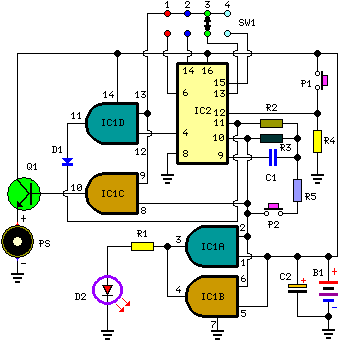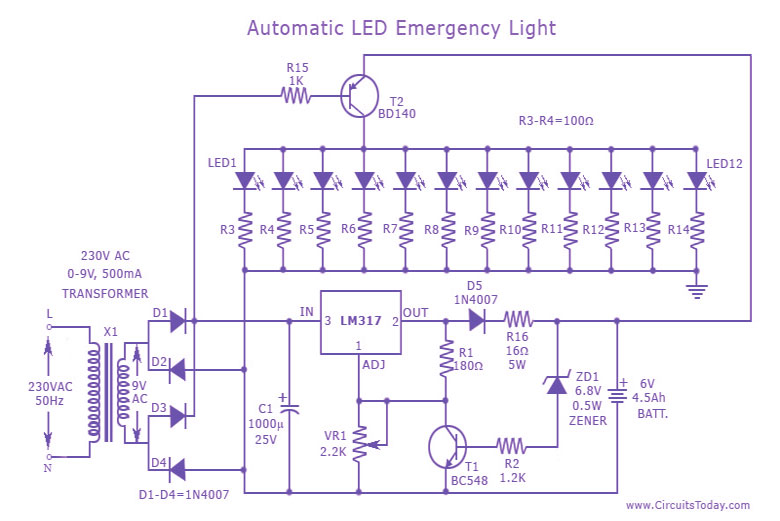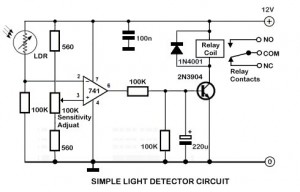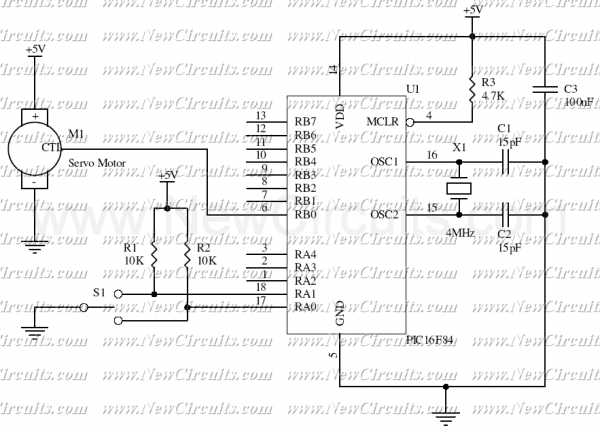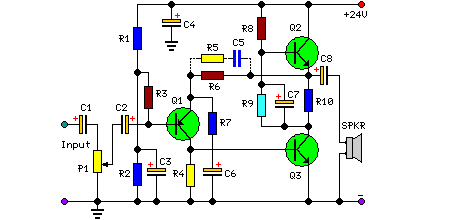
Motor Speed and Speed protection circuit of small hydropower stations
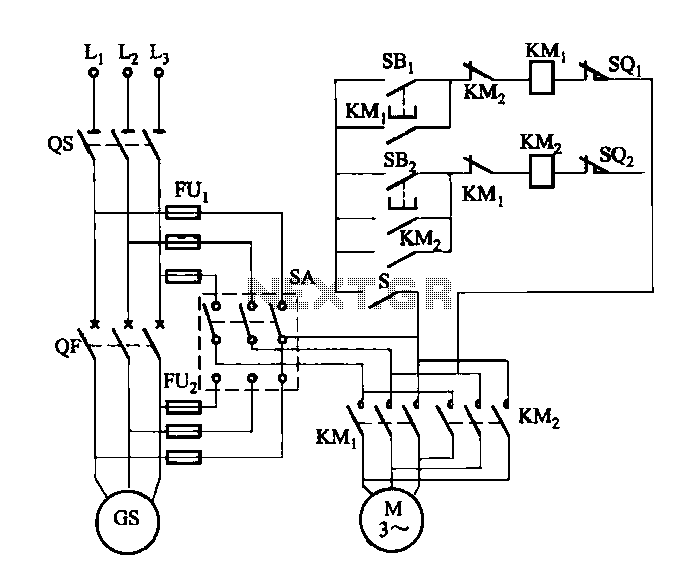
FIG M is a variable speed motor control for the opening and closing of a wicket gate. It features an electric governor. The system is activated by a power switch (SA) located on the front grid, and a toggle switch (S) is opened. After the grid is engaged, the generator side (SA) is activated, and switch S is closed to ensure self-protection. When the generator operates under full load, a limit switch (SQi) at the top opens to stop the motor. Additionally, when the turbine guide vane is fully closed, another limit switch (SQ) opens, stopping the motor. For speed protection, if the generator fails and trips the circuit breaker (QF), its auxiliary contact closes, activating contactor (KMz) to reverse the motor until limit switch (SQz) at the top opens, completing the shutdown process.
The variable speed motor control system for the wicket gate is designed to manage the precise operation of the gate through a combination of switches and limit sensors. The power switch (SA) initiates the control system, allowing for the toggling of switch (S) to enable the motor operation. The integration of an electric governor ensures that the motor's speed is regulated according to the operational requirements of the generator.
The system incorporates several safety features to protect both the motor and the generator. The limit switch (SQi) serves as a critical component, halting the motor when the generator reaches full load conditions, thereby preventing potential overload situations. Similarly, the operation of the turbine guide vane is monitored by limit switch (SQ), which stops the motor when the gate is fully closed, ensuring that the system does not operate outside its designed parameters.
In the event of a generator failure, the circuit breaker (QF) plays a vital role in the protection mechanism. Upon tripping, the auxiliary contact of the circuit breaker closes, which energizes contactor (KMz). This action causes the motor to reverse its direction, allowing the wicket gate to return to a safe position until limit switch (SQz) indicates that the gate is fully open, thus completing the emergency shutdown sequence.
Overall, the design of this motor control system emphasizes reliability and safety, utilizing a combination of mechanical and electrical components to ensure effective operation while minimizing risks associated with generator and motor failures.FIG, M is a variable speed motor control wicket opening and closing and opening. O electric governor. Front grid, hit the power switch SA A side, toggle switch S is opened; aft er the grid, SA play and be in the generator side, S is closed, the trip in order to achieve self-protection purposes. When the generator grid, with full load, limit switch off SQi top open, the motor is stopped; when off, when the turbine guide vane opening is zero, the limit switch so: the top open, the motor is stopped.
Speed protection. When the generator fails, tripping the circuit breaker QF, its auxiliary contact is closed, the contactor KMz was electric pull, reverse the motor until the limit switch sQz top open, shut down is completed.
The variable speed motor control system for the wicket gate is designed to manage the precise operation of the gate through a combination of switches and limit sensors. The power switch (SA) initiates the control system, allowing for the toggling of switch (S) to enable the motor operation. The integration of an electric governor ensures that the motor's speed is regulated according to the operational requirements of the generator.
The system incorporates several safety features to protect both the motor and the generator. The limit switch (SQi) serves as a critical component, halting the motor when the generator reaches full load conditions, thereby preventing potential overload situations. Similarly, the operation of the turbine guide vane is monitored by limit switch (SQ), which stops the motor when the gate is fully closed, ensuring that the system does not operate outside its designed parameters.
In the event of a generator failure, the circuit breaker (QF) plays a vital role in the protection mechanism. Upon tripping, the auxiliary contact of the circuit breaker closes, which energizes contactor (KMz). This action causes the motor to reverse its direction, allowing the wicket gate to return to a safe position until limit switch (SQz) indicates that the gate is fully open, thus completing the emergency shutdown sequence.
Overall, the design of this motor control system emphasizes reliability and safety, utilizing a combination of mechanical and electrical components to ensure effective operation while minimizing risks associated with generator and motor failures.FIG, M is a variable speed motor control wicket opening and closing and opening. O electric governor. Front grid, hit the power switch SA A side, toggle switch S is opened; aft er the grid, SA play and be in the generator side, S is closed, the trip in order to achieve self-protection purposes. When the generator grid, with full load, limit switch off SQi top open, the motor is stopped; when off, when the turbine guide vane opening is zero, the limit switch so: the top open, the motor is stopped.
Speed protection. When the generator fails, tripping the circuit breaker QF, its auxiliary contact is closed, the contactor KMz was electric pull, reverse the motor until the limit switch sQz top open, shut down is completed.
